35.025 Dichomeris alacella (Zeller, 1839)
Status and Distribution
Formerly scarce with indications of a general increase in distribution and numbers reported during the first quarter of the 21st century. Occurs locally in southern and eastern England from Somerset to Norfolk, south-east Wales and the Channel Islands. There are single old records from Warwickshire and Yorkshire; the latter may require confirmation. Absent from much of south-west England, most of Wales and all of Scotland, Northen Ireland and Ireland.
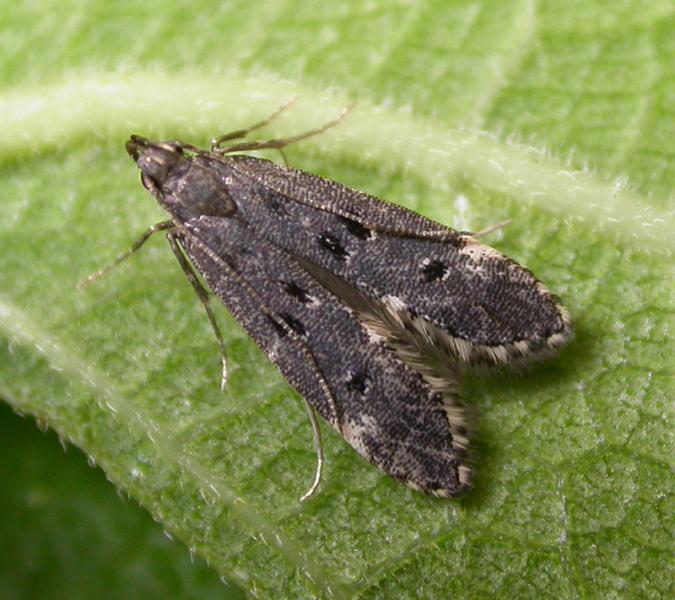
Provisional map
Foodplant and Larval Feeding Signs
No reference to the larva having been found in Britain has, so far, been located. In the Gelechiidae of North West Europe (Gregersen & Karsholt, 2022) 19th century reports advise the larva feeds on mosses on tree trunks and fences in deciduous forests and was bred from dead apple branches collected in winter. More recently, a larva was found in Holland 'feeding below the lichen Parmotrema perlatum growing on a thick branch of Quercus (Muus in litt.)'.
Habitat
Woodland, with a suggestion it is associated with ancient broad-leaved woodland.
Finding the Moth
Larva: feeding signs might be found on lichens on the trunks of mature broad-leaved trees in old woodland or on the trunks of long-established fruit trees.
Adult: rests on tree-trunks by day and comes to light and sugar by night.
Similar Species
Superficially similar to the two Neofriseria species but can be readily distinguished by the pale-tipped brownish-black labial palps and the forewings which are more pointed and have obvious pale creamy-white patches beyond each of the three prominent black stigmata.
Single brooded, flying in July and August. There is a single, confirmed (by photo), record of one to light in Gloucestershire on 7th September 2023.

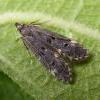
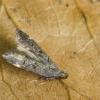
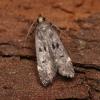
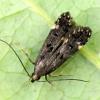
_0.jpg)